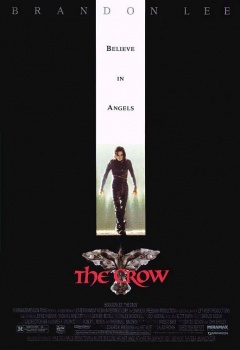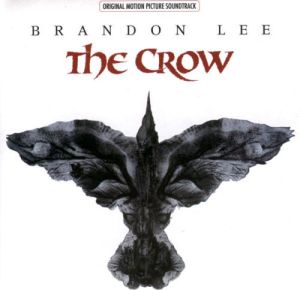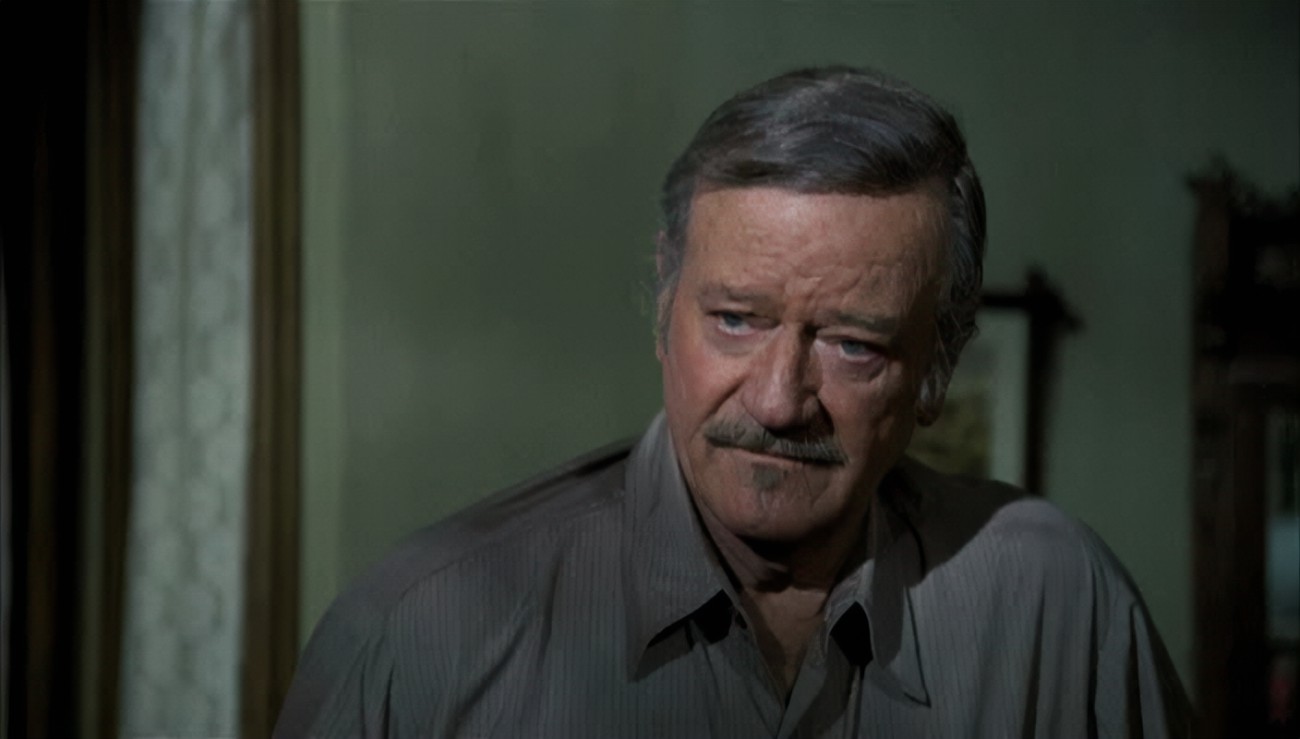
On March 30, 1993, actor Brandon Lee was fatally shot on the set of “The Crow”. After a great deal of controversy, the film was completed with a body double and digital effects. Upon its 1994 release, it received praise, especially for Lee’s final performance.

Brandon Lee starred in “The Crow” (1994) – his last film.
What Went Wrong?
Over the years, numerous conspiracy theories have developed. EricReports.com leaves nothing off the table. Let us deal with the facts of evidence.
MISTAKE #1
A box of live ammo was brought on set to be used as a prop.
While this ammo was removed and placed in a car, crew members were aware of its existence.
MISTAKE #2
Live ammo was used to make homemade blank cartridges.
For a 2nd unit scene, blanks were needed for a closeup of a gun firing. The same aforementioned crew members retrieved this live ammunition and made their own blank cartridges by screwing off the tip of the bullet and tapping out the primer (gunpowder.) Residue of the gunpowder was left over, enough for the tip of the bullet to be ejected into the barrel of the gun when it was fired. No one was injured yet, but the bullet’s tip was left behind in the barrel.
MISTAKE #3
No gun expert (armorer) was used for the fatal scene.
While “The Crow” used armorers for earlier sequences that contained semi and fully automatic weaponry, none was used for the .44 caliber revolver. This was done to save money.
MISTAKE #4
A prop-master was used instead of a gun expert.
The prop-master in question was young and inexperienced. Two weeks would go by before the fatal scene with Brandon Lee. In that time, the gun had not been checked or cleaned.
MISTAKE #5
Michael Massee, the actor who fired the gun at Brandon Lee, wasn’t told to point it away from Lee.

Michael Massee
Cost-cutting measures, inexperienced crew members, 18-hour work shifts and constant pressure to finish the movie in eight weeks, led to an unsafe set where somebody was bound to get hurt or killed . . . and that’s exactly what happened.
Actress Sofia Shinas, who played Lee’s fiancée Shelley, stated that she had a premonition someone would be hurt during filming. She just didn’t know who.

Sofia Shinas
THE LAST SCENE
Brandon Lee (as Eric Draven) enters through an apartment doorway holding a bag of groceries. Inside, his fiancée Shelley (Sofia Shinas) is being attacked by a gang of thugs. Funboy (Michael Massee) wildly swings his arm in the direction of Lee, firing the .44 Magnum.
The scene continued on until its conclusion. Those who witnessed it believed Lee was acting when he fell down. But, a witness said they heard him say “Cut” and make a hand gesture to stop the scene. Afterwards, he never regained consciousness. Lee would die on set, then be revived by a medic performing CPR and an emergency tracheotomy.
Rushed to the hospital, Brandon Lee would die on the operating table early the next morning. The .44 Magnum tip would be found at the base of his spine. By the time Lee’s mother and sister arrived he was already dead.

Eliza Hutton and Brandon Lee were engaged to be married the following month.
Officially, the last scene was examined by police and then destroyed. (If that is true.)
The film company Carolco was fined for carelessness. Lee’s family received an out-of-court settlement.
It was decided to complete the film: “In honor of the memory of Brandon Lee.”
ALTERNATE THEORIES
Before filming, threats were made by anonymous sources not to make this movie.
Brandon Lee had planned to investigate what really caused the death of his father, Bruce Lee, who died in 1973, from an allergic reaction to Equagesic. Bruce Lee’s last incomplete film “Game of Death” contains a scene where his character is shot on set.
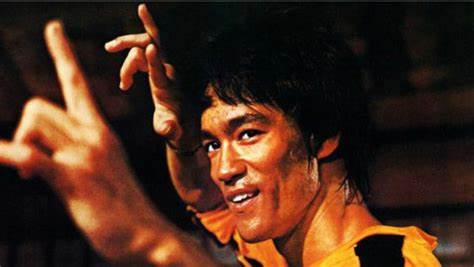
From “Game of Death”


The Illuminati is an upper echelon that secretly controls government and business with ties to Satanism. (Blood sacrifice.) Often times, their crime is hidden in plain sight. How much more obvious can it be made to kill your victim on camera, on film, with everybody watching?

Bruce Lee, Brandon Lee – Like father, like son
Family Curse. Because Bruce Lee taught the martial arts to non-Asians, the Chinese triad placed a curse on the Lee family. Bruce Lee would die under mysterious circumstances at the age of 32. Son Brandon would die of a gunshot wound – age 28.
CONCLUSION
Since then, “The Crow” has continued to make money with sequels, a TV series and on home video. A 4K release is coming this year.
Brandon Lee comments in the “Extras” section of “The Crow”. “We do not know when we will die. How many times will we experience a certain event – an event that helped shape our lives?”
Those who were on set said Brandon was having the time of his life before he died and believed “The Crow” would be a new beginning for him. In a way, it was.
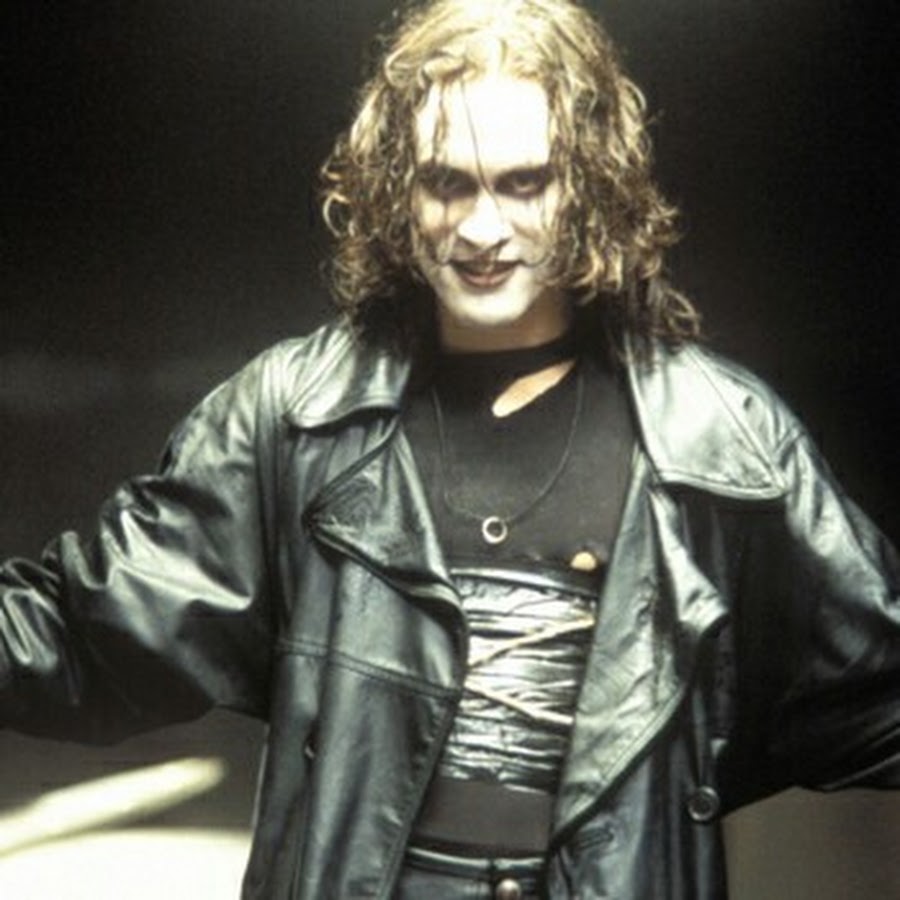
Text © 2024 – EricReports
Like this:
Like Loading...






















































